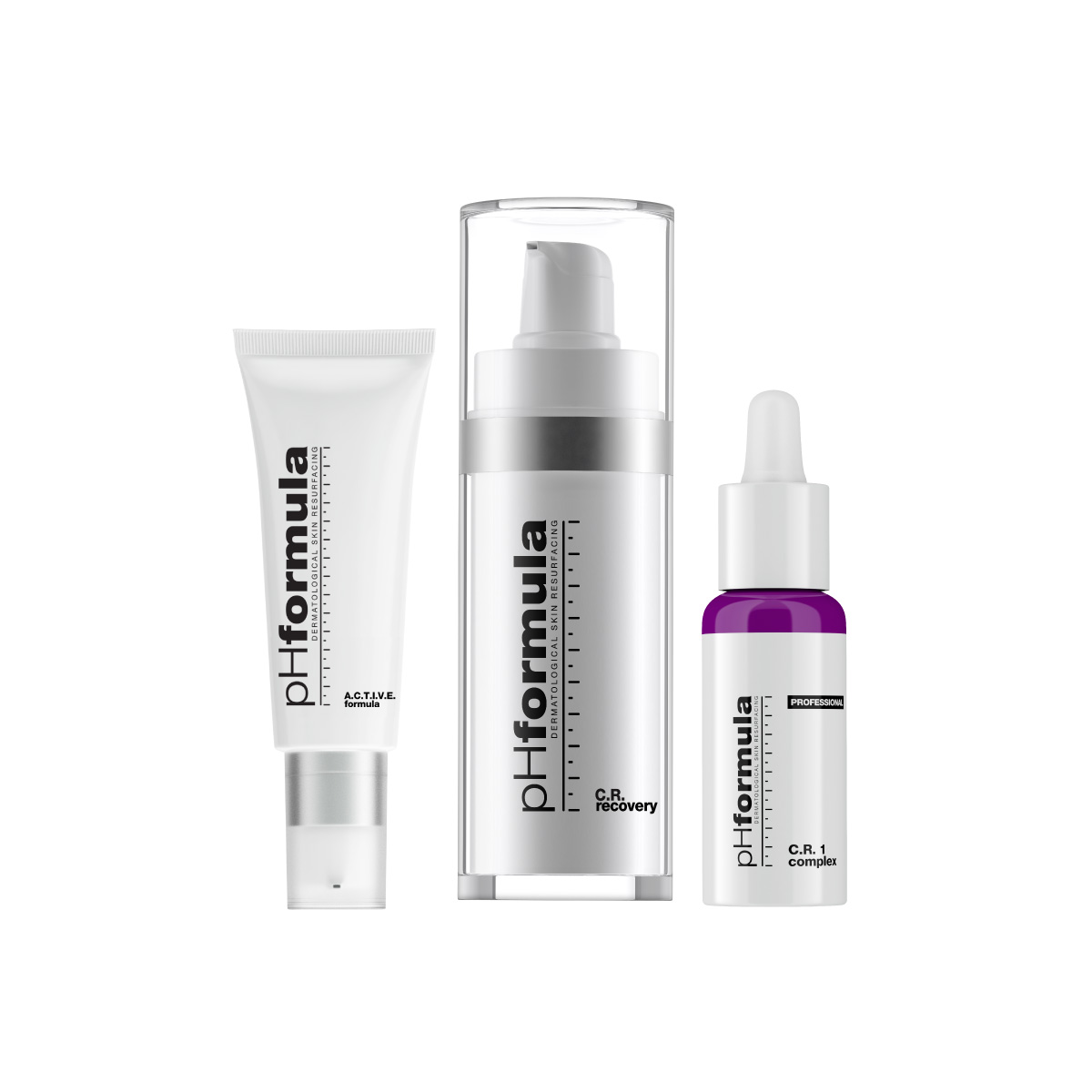Most of us go a bit red sometimes. We flush when it is hot, blush when we are embarrassed, or generally go a bit pink in extreme temperatures. But chronic redness of the skin – particularly the face – is a different matter and can be a potentially life-disrupting condition.
Many things can cause chronic redness – such as over-exfoliating or scrubbing your skin, which is best only ever done in moderation; to excessive sun exposure over the years in which ultraviolet radiation actually causes blood vessels to grow and spread across your face; to a condition such as allergic contact dermatitis, where your skin reacts to something it doesn’t like. This could be anything from chemicals in cosmetics or sunscreens, soaps, perfumes, or even hair spray.
What is rosacea?
The most common cause of chronic redness is rosacea (“roh-zay-shuh”). This is an inflammatory condition that causes red skin, and at varying levels of severity. Rosacea is generally recognized by a persistent flushing and redness of the face, sometimes with visible blood vessels
Even though it is extremely common, the exact cause is not known and it is sometimes attributed to certain abnormalities in blood vessels in which they enlarge, giving your face a flushed appearance. People with rosacea often experience stinging or irritation, particularly when exposed to the sun or cold, and can turn redder when eating hot or spicy foods. It can even manifest itself as burning and stinging in your eyes.
It is generally agreed there are four main subtypes of rosacea:
• subtype 1, which is flushing and persistent redness, often with visible blood vessels;
• subtype 2, where the flushing and persistent redness is accompanied by bumps and pimples;
• subtype 3, in which the skin thickens and enlarges, often around the nose; and
• subtype 4, which causes eye irritation, giving eyes a watery or bloodshot appearance and can cause itching, stinging or burning.
It is most common in people over the age of 30, with a naturally fair complexion and sensitive skin, and more common in women than men – though the more severe symptoms tend to be seen in men.
The telltale signs of Rosacea
If you have rosacea, you will usually show one or several telltale signs – flushing that comes and goes, a chronic redness (a little like a permanent sunburn), bumps and pimples that may resemble acne but which do not show blackheads, blood vessels that are clearly visible beneath the surface of your skin, eye irritation, including burning, stinging, red and swollen eyelids or bloodshot or watery eyes, and generally dry, stinging, burning and itching skin. Also look out for facial swelling or facial thickening, or plaques, which are raised red patches on the skin.
You may have rosacea without displaying all of these symptoms but each of the signs can also progress over time, from mild to severe. Unfortunately there’s no cure – but there are treatment options that will help to conceal, control or even reverse the signs of rosacea.
Lifestyle
Don’t underestimate the importance of your lifestyle – certain factors in your environment or daily diet can cause an onset or worsening of rosacea. This could be anything from extremes sun or cold, and extreme heat of the skin, including from a hot bath or exercise; alcohol; spicy foods; hot drinks; even specific fruits and medications have been known to trigger an onset.
Innovative, effective and products for rosacea
And if you want to go one step further and actively treat and reverse the symptoms of rosacea, pHformula has designed an innovative, effective line of products that can do exactly that.
For the treatment of the most common form of rosacea – persistent skin redness of the nose, cheeks or chin, and easily irritated skin that stings and burns – pHformula has utilized its decades of scientific knowledge and creative design to develop a chronic redness resurfacing treatment – a unique combination of active ingredients that address different skin disorders and work together to assist in speeding up skin recovery, maintain the overall health of the skin, and prevent further damage.
The act of resurfacing is carried out through the application of the CR Complex – active formula specifically for skin prone to chronic redness and rosacea. It has been designed to both reduce redness and prevent relapses, with powerful ant-imicrobial properties that kill the bacteria associated with rosacea. It contains the all-powerful and important retinol which helps to address vitamin A deficiencies in the skin, lactic acid to help break down the bonds between cells which allows easier exfoliation of dead surface cells, while also providing hydration.

Flushed, irritated skin?
So if you have been thinking that flushed, irritated skin is a consequence of having a fair complexion and just something you need to leave with, this need not be the case.
Contact your pHformula skin specialist to discuss your options.